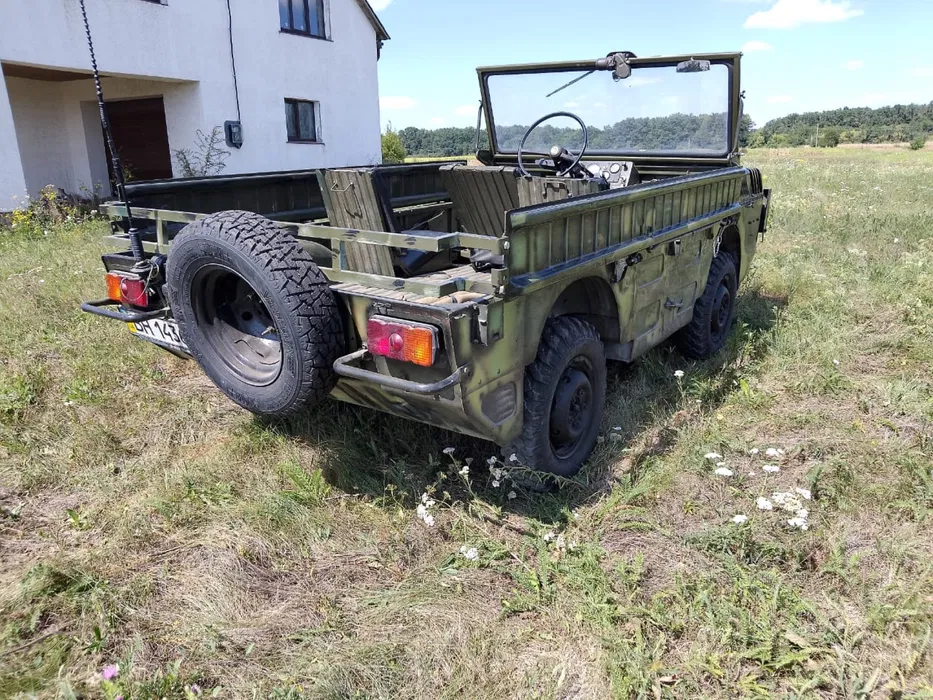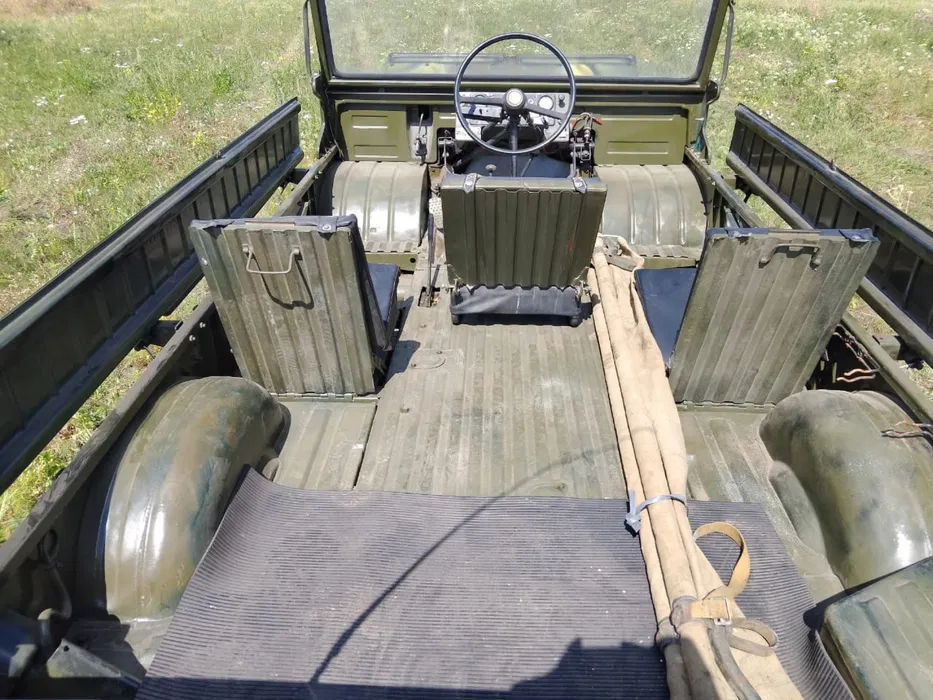Russia is creating a radio-electronic reconnaissance (RER) and electronic warfare (EW) vehicle based on the amphibious vehicle “Triton,” reports the developer of the “Wave Cutter” system in an interview with RIA Novosti.
“We are making it (the EW vehicle – ed.) based on the amphibious vehicle “Triton,” the prototype of which is being developed based on the chassis of the LuAZ (Lutsk Automobile Plant – ed.). On the “Triton,” an extended “Wave Cutter” complex will be installed, which will not only conduct radio interference but also electronic reconnaissance,” the developer said.
The agency’s interviewee explained that the LuAZ chassis was chosen as a prototype because it is a durable, all-terrain vehicle that can serve as a versatile amphibious and frontline transport.
According to him, installing EW and RER systems on such a chassis will allow monitoring of any frontline areas, covering advancing units, evacuation groups, rotation areas, and so on, right on the frontline. In the future, this EW vehicle could also serve as a carrier for an FPV drone group.

The “Wave Cutter” EW system was first presented at the “Army-2023” military-technical forum. It is designed in the form factor of a small-sized cone (length – 484 millimeters, weight – 13 kilograms), which can be magnetically attached to any military (tanks, APCs, boats, etc.) and civilian vehicles.
The key feature of this system is its modularity—the “Wave Cutter” is programmed with the frequencies necessary to suppress enemy FPV drones in real time on specific frontline sections. “Wave Cutter” operators can install new “cones” on their vehicles, modifying their EW system to address specific threats.
Triton Vehicle
The engineers at Argo LLC have embarked on creating an innovative amphibious all-terrain vehicle called the Triton, designed to cross water obstacles rapidly. Inspired by the Soviet-era LuAZ transporter, this project promises to significantly enhance the mobility and effectiveness of Russian military units and rescue services.
Regarding Triton’s relevance, Konstantin Bagdasarov, the company’s director-general, told RIA Novosti that many sections of the Russian Armed Forces defense line in the special operation zone run along water obstacles. These obstacles are natural barriers to the troops’ offensive actions and will need to be overcome in the future.
According to the agency’s source, the water barrier can be overcome by constructing a bridgehead on the opposite bank and creating crossings for larger equipment. He also stated that suitable water transportation is required to resolve this issue.
The developer feels that transferring groups of 50 small amphibious vehicles with crews of five fighters each, supported by aviation and artillery, to one of the water obstacle sections would be a successful river crossing alternative.
According to Bagdasarov, hitting a large number of small targets, like the “Triton,” simultaneously is difficult. Moreover, one of the vehicle’s advantages is the engine placement, allowing the amphibious vehicle to “leap” into the water from a low cliff without losing buoyancy. The vehicle’s load capacity on water is 1.5 tons, and it is one ton on land.

According to Bagdasarov, the development is aimed at military needs and civilian and emergency services, thanks to its versatility and affordability. The price of the vehicle will vary depending on the engine type: 2.4 million rubles (about USD 30,000) for the gasoline engine version and 2.9 million rubles (about 36,000) for the diesel engine modification. This makes the “Triton” a cost-effective alternative to more expensive armored vehicles. For the price of one armored personnel carrier, 10 “Tritons” can be purchased.
Trials of the “Triton” should commence in May-July 2024. A prototype of the vehicle will be unveiled in April at the “Expotechnostrazh-2024” exhibition, with the finished vehicle to be unveiled in August at the “Army-2024” event.
The developer stressed that in the future, “Argo” intends to manufacture up to 500 “Tritons” annually.
“Why LuAZ?” The fact is that this vehicle has highly fascinating technical solutions for off-road capabilities and durability that were laid down in the 1960s,” Bagdasarov explained.
He clarified that 13-inch “wheels” had side gears fitted, which meant that additional gears were on the sides to increase torque in addition to the primary gear. The developer decided that this provides the off-road transportation attributes that designers have been striving for today.
